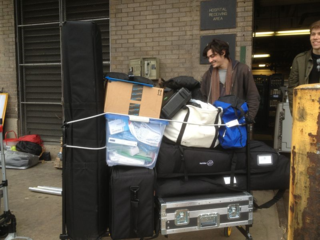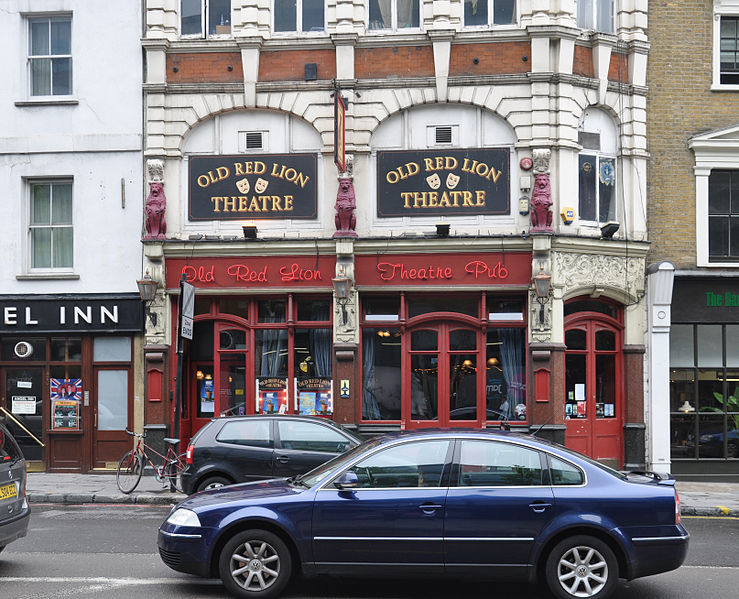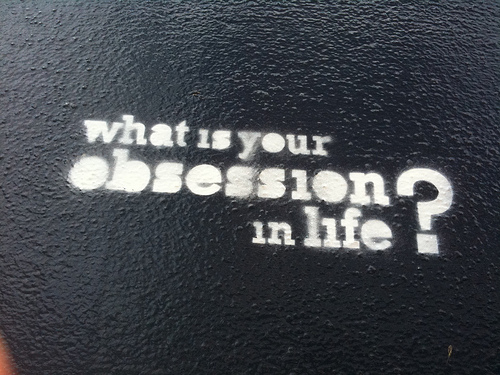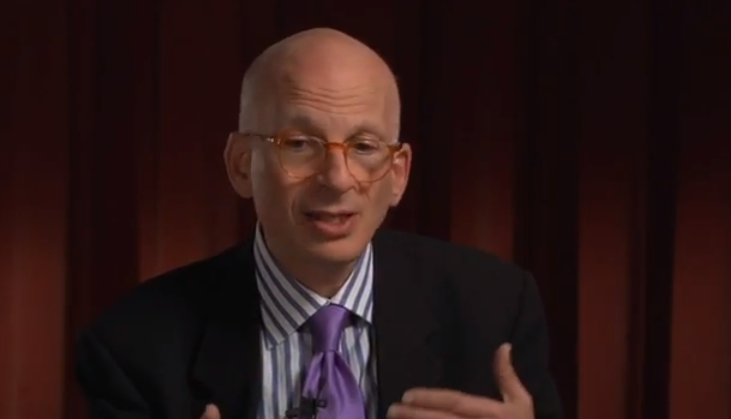The following is a guest post by Stephen Vanderpool, a writer for NerdWallet. The Way We Watchwelcomes guest posts on the subject of video making, video in social networks, and the trials and tribulations of working in the field of video. You can reach me on my contact page for more information. -- Chris
High quality video production tools have grown tremendously accessible over the past decade. Achieving a professional level of video craftsmanship will always demand a high level of skill and experience, but acquiring the prerequisite resources requires only a small monetary investment. Though HDSLR shooting is relatively cheap compared to what was expected of video professionals years back, making the initial purchases can be daunting.
As a recent graduate plunging into the competitive world of videography, I've begun the long process of gathering the equipment necessary to begin my own freelance production endeavors. If you're like me, you're serious about video but not ready to drop $10,000+ on a RED EPIC or Sony F3. Luckily, HDSLRs provide a cheap alternative for folks like us.
Before making my initial purchases, I spent months clicking through forums, watching YouTube product reviews and asking my video pals for recommendations. The process has been long but rewarding, and I'd like to pass what I've learned onto prospective DSLR shooters. Here's my quick beginner's guide to assembling a DSLR arsenal from scratch.
1) The camera
Obviously, you'll need a camera. Let's assume you're jumping on the DSLR bandwagon. What are your options? As far as I'm concerned, you have only three. The Canon 7D, 5D Mark II or 5D Mark III. Sorry, Nikonians, but Canon is winning in arena of DSLR video. Before the release of Nikon's D800, full-frame 1080P video shooting was dominated entirely by Canon with the 5D Mark II at the forefront. Now, Nikon is at least competitive, but HDSLR videographers still seem to favor Canon. The Mark III works better in low light, is less prone to moire and, as the successor of the Mark II, has already earned the trust of video professionals. Whenever I see a gig posting that stipulates a specific DSLR, it is almost always one of these three Canon products.
The Canon 7D is the cheapest of the three, running at about $1,550 new. The 5D Mark II is sitting at $2,100, and the 5D Mark III is priced around $3,500. The differences between the three are multifarious, but the most significant variance is in image quality. Simply enough, the more you pay, the better your picture. Each price bump provides more megapixels, heightened light sensitivity and better color depth. Check out YouTube quality comparisons to get an idea of what will meet your needs. If videography is a serious, long-term endeavor, you might as well start with the Mark III if you can afford it.
Keep in mind, the industry is always changing. Canon just released the C300--a camcorder with an EF lens mounts. While a lot more expensive than the 5D, it demonstrates the evolving needs of filmmakers and could prove to be a game-changer. (Editor: And, there are a lot of people watching this year's release of Black Magic's Cinema Camera. Phenomenal features at a phenomenal price).
2) The glass
Acquiring quality lenses is just as (if not more) important as obtaining a proper camera. To ensure seamless compatibility, I recommend sticking with Canon lenses to match your Canon camera. First of all, do NOT buy the kit lens. Kit lenses are generally low in quality and of little use to video professionals. Purchase all of your glass separately.
Secondly, know the difference between zoom and prime lenses. Which you choose will be contingent on the type of work you do. Prime lenses (fixed focal lengths) produce a cleaner, higher quality picture, while zoom lenses provide versatility for less predictable shooting. Generally, scripted video (films, commercials, instructional videos, music videos, etc.) will benefit from the quality of prime lenses. On the other hand, videographers shooting events (concerts, weddings, parties, etc.) will appreciate the ability to adjust focal length with a flick of a wrist.
Every prime kit should begin with a 50mm "normal" lens. The 50mm focal length is standard for video production as is it produces an image comparable to that of the human eye. Canon offers 50mm lenses with apertures of 1.8 ($104), 1.4 ($359) and 1.2 ($1,439). The primary differences between the three are low-light functionality and bokeh. Again, check out some YouTube comparison videos to see which is best for you.
Assess your needs to determine which lens you'll need next. In truth, you might be able to get away with using a single lens (or renting lenses) for your initial gigs. If audio equipment and camera accessories are more important, you can always pick up lenses later when you have more money to invest. Chances are, you'll want to move onto a good wide angle or telephoto lens next. There are a ton of options out there. Explore! Research is key. Personally, my ideal three lenses to kick off a prime kit would be the 50mm 1.2, 14mm 2.8 and 85mm 1.2 (all super expensive). If you're aiming for top-quality glass, stick to Canon's L-series options.
Of course, there's nothing wrong with mixing prime and zoom lenses. Another good strategy is to start with a 50mm, then pick up a wide zoom (16-35mm, perhaps) and a telephoto zoom (maybe the good ol' 70-200mm). Though you sacrifice some quality, this method is a lot cheaper and covers a large range of focal lengths.
3) Audio equipment
DSLRs are notorious for awful audio. Out of necessity, event videographers may need to plug their microphone directly into the camera, but scripted video should always use a separate audio recorder. Do NOT skimp on audio equipment. Seriously. Nothing ruins beautiful cinematography like shoddy sound. If you don't have the funds to invest in good equipment, you might be better off paying an audio engineer on a gig-by-gig basis. But if you want your own equipment, here are the essential elements to a basic audio setup:
- Condenser (shotgun) microphone
- Audio recorder
- Boom pole
- Shock mount
- Headphones
- XLR cable
Expect to spend at least $1,500. Rode products are popular right now for independent filmmakers, but there are many, many options out there. Do your research and stick to trusted brands. Sennheiser makes excellent microphones, K-Tek produces quality boom poles and shock mounts, Tascam has great recorders and Mogami makes topnotch XLR cables. There's a lot more flexibility in the audio than there is in the camera department, but do not, under any circumstance, settle for a mediocre product. If you're taking audio, make sure it's clean.
4) A tripod
The last item you absolutely need before you hit record is a tripod. If you can't invest in a good one right away, a $50 throwaway from Best Buy will provide a short-term solution. But sooner or later, you'll need a heavy-duty fluid head that provides a solid anchor and smooth maneuverability. A proper tripod will cost a minimum of $500 and, in many cases, closer to $1,000. If you're looking for the best, Manfrotto is generally regarded as the most reputable tripod crafter.
5) Everything else
Once you have a camera, a lens, an audio setup and a tripod, you're ready to film. Of course, if you plan on editing your own footage, you'll need a computer and software, but that's another story entirely. Here's a short list of items you may want to invest in once you get the ball rolling:
- More lenses
- Lighting kit
- Slider
- Monopod
- Rail system
- Follow focus
- Matte Box
- Monitor
- Extra batteries
- Extra memory
- Clapboard
- Cases
- C-stands
- Reflectors
Remember: Never buy before consulting the Internet for DIY options!
Stephen Vanderpool is a writer for NerdWallet, the web's coolest/nerdiest finance site.
Photo CC license by Cindiann














